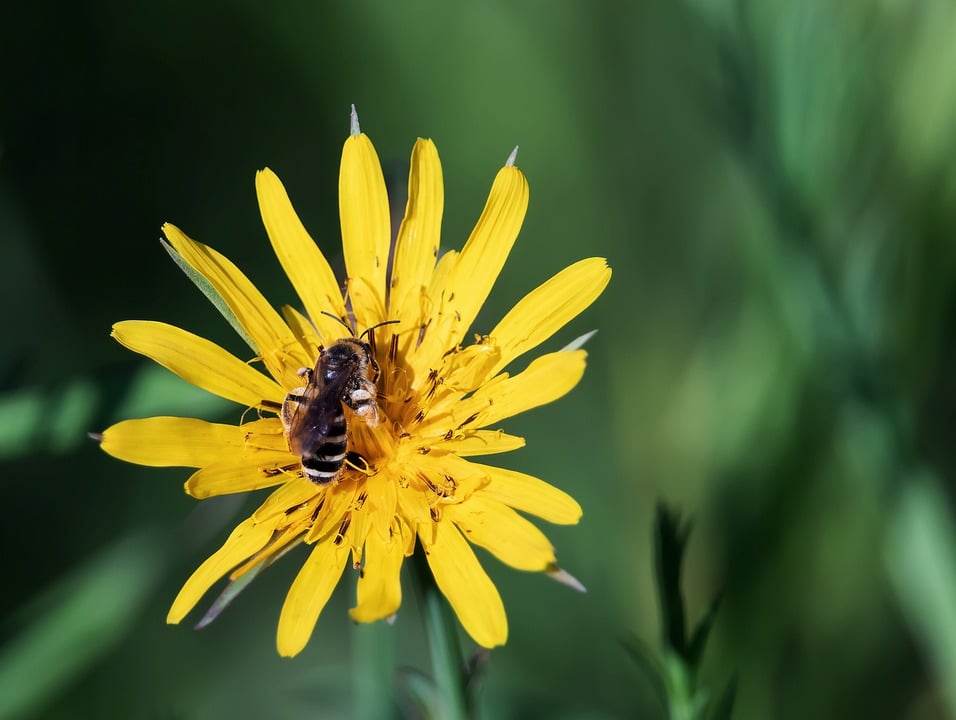The Renaissance period, spanning roughly from the 14th to the 17th centuries, marked a significant cultural, artistic, and intellectual revival in Europe. This period of rebirth saw a resurgence in interest in classical art, literature, science, and philosophy, leading to groundbreaking developments in various fields. One of the most enduring legacies of the Renaissance is its profound impact on the art world, shaping the course of artistic expression for centuries to come. In this article, we will delve into the influence of the Renaissance on modern art, unpacking the historical context that continues to resonate in contemporary artistic practices.
The Birth of Humanism and Realism
The Renaissance was characterized by a shift from the medieval focus on the divine to a renewed interest in humanism and individualism. Artists during this period began to portray the human figure with greater naturalism and realism, breaking away from the stylized conventions of the medieval era. The study of anatomy, perspective, and proportion became essential components of artistic training, leading to a more accurate and lifelike representation of the human form. This emphasis on humanism and realism laid the foundation for the development of modern art, influencing artists to explore new ways of expressing the complexities of the human experience.
Key aspects of the Renaissance that influenced modern art include:
– Emphasis on individualism: Renaissance artists celebrated the uniqueness and potential of the individual, paving the way for artists in modern times to explore their own personal identities and perspectives.
– Innovation in techniques and materials: The Renaissance saw the introduction of new artistic techniques and materials, such as oil painting and linear perspective, that revolutionized the way art was created and presented.
– Exploration of light and shadow: Artists like Leonardo da Vinci and Caravaggio mastered the use of chiaroscuro, or the contrast between light and dark, to create depth and mood in their works, a technique that continues to be employed by modern artists.
The Evolution of Art Movements
The Renaissance gave rise to a number of art movements that have left a lasting impact on the trajectory of art history. From the High Renaissance period with artists like Michelangelo and Raphael to the Mannerist and Baroque movements that followed, each era built upon the innovations of its predecessors to push the boundaries of artistic expression further. These movements laid the groundwork for the diverse range of styles and approaches that define modern art today, from abstract expressionism to pop art to surrealism.
Key art movements influenced by the Renaissance include:
– Neoclassicism: Inspired by the classical art of ancient Greece and Rome, neoclassical artists sought to revive the ideals of beauty, harmony, and order seen in Renaissance art.
– Romanticism: Romantic artists like Eugene Delacroix and William Blake embraced the emotive and sublime aspects of the human experience, a departure from the rationalism of the Renaissance.
– Impressionism: Impressionist painters such as Claude Monet and Edgar Degas adopted the emphasis on light, color, and fleeting moments that characterized the works of Renaissance masters like Titian and Veronese.
The Continuation of Renaissance Themes
Despite the passage of centuries, the themes and motifs of the Renaissance continue to resonate in modern art. The timeless subjects of love, beauty, nature, and the divine that captivated Renaissance artists are still explored by contemporary artists through innovative mediums and techniques. The influence of the Renaissance can be seen in the revival of classical motifs, the reinterpretation of historical narratives, and the exploration of human emotions and experiences in a rapidly changing world.
Some ways in which modern artists draw inspiration from the Renaissance include:
– Reimagining classical myths and allegories in a contemporary context.
– Using traditional techniques like fresco painting or sculpture in new and unexpected ways.
– Incorporating elements of the natural world and symbolic imagery to convey deeper meanings.
The Future of Renaissance Influence in Modern Art
As we look to the future, the influence of the Renaissance on modern art shows no signs of waning. With advancements in technology, materials, and global connectivity, artists have unprecedented opportunities to draw inspiration from the rich tapestry of art history, including the legacy of the Renaissance. The blending of traditional techniques with cutting-edge innovations has the potential to push the boundaries of artistic expression even further, creating new possibilities for creativity and experimentation.
Key trends shaping the future of Renaissance influence in modern art include:
– The rise of digital art and virtual reality as new mediums for artistic exploration.
– The reevaluation of canonical art history to include marginalized voices and perspectives.
– The increasing interconnectedness of the global art world, leading to greater cross-cultural exchange and collaboration.
Conclusion
The influence of the Renaissance on modern art is a testament to the enduring power of creativity and innovation. From the humanist ideals of the Renaissance masters to the diverse and dynamic art movements that have emerged in the centuries since, the legacy of this transformative period continues to shape the art world in profound ways. By unpacking the historical context of the Renaissance and exploring its impact on contemporary artistic practices, we gain a deeper appreciation for the evolution of art and the enduring relevance of the past in shaping our creative future.
As we reflect on the connections between the Renaissance and modern art, we are reminded of the continuous dialogue between past and present, tradition and innovation, that fuels artistic inspiration. By acknowledging the rich heritage of art history and embracing the possibilities of the future, we can continue to push the boundaries of artistic expression and redefine the limits of creativity. Thank you for joining us on this exploration of the influence of the Renaissance on modern art, and we encourage you to further explore this fascinating topic through additional resources and research.
